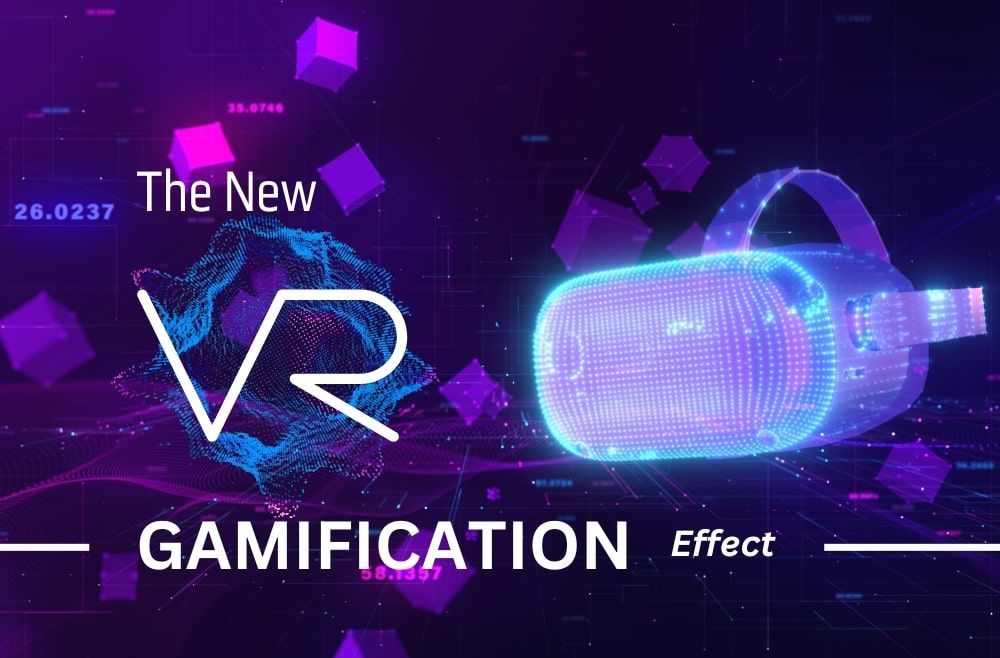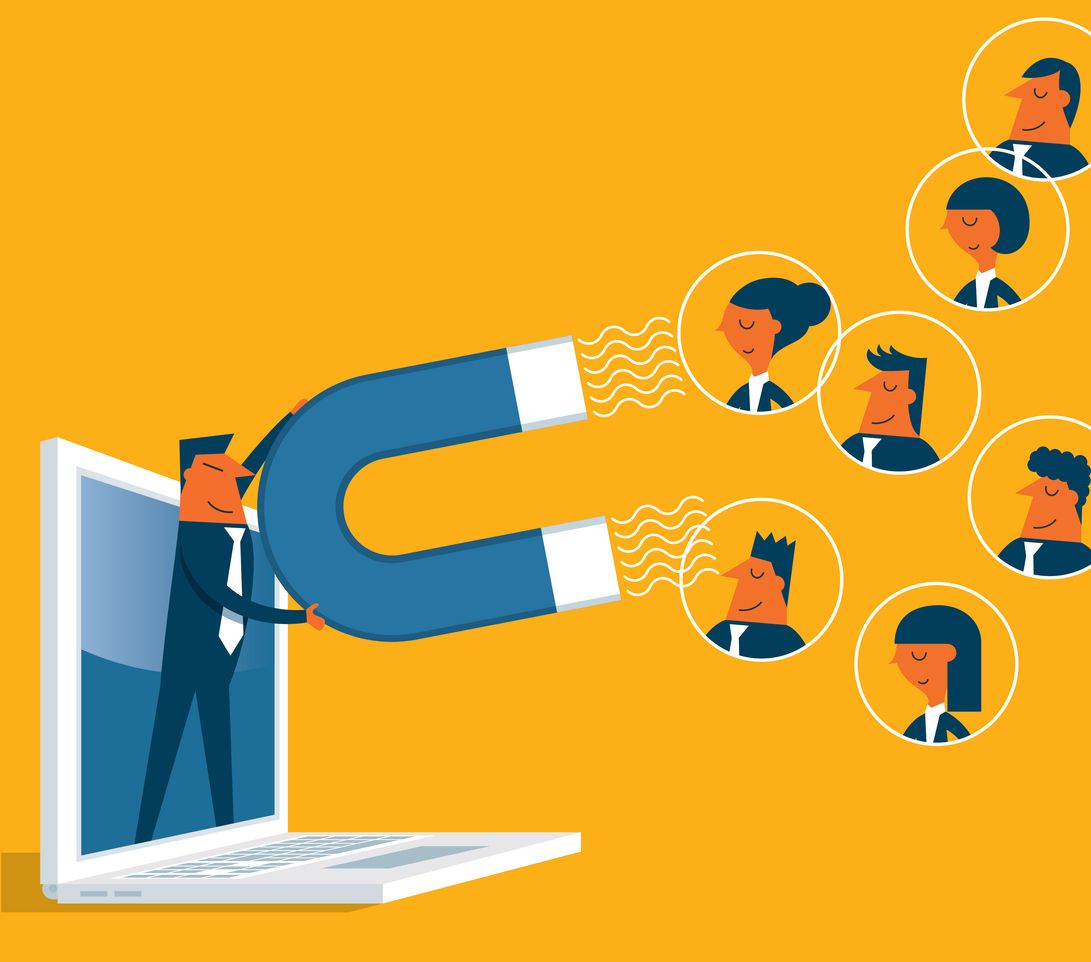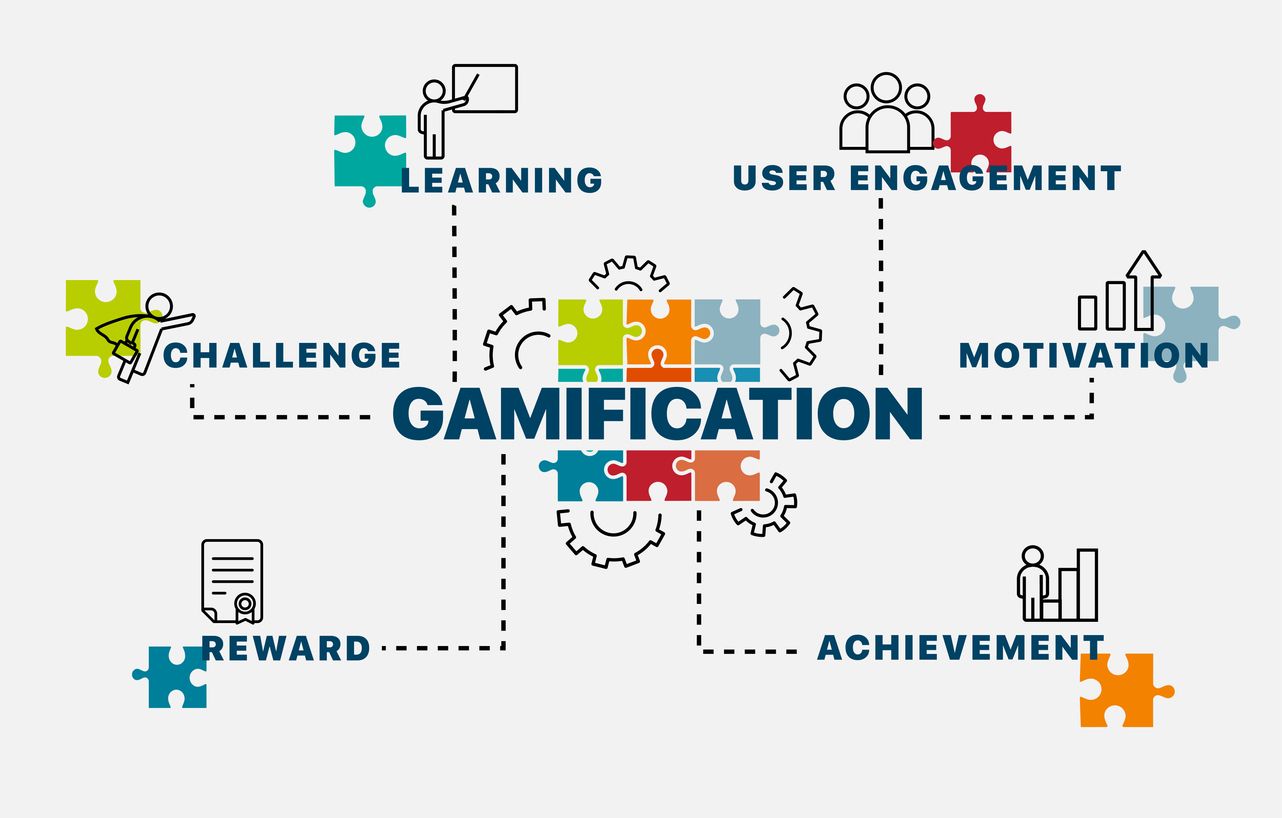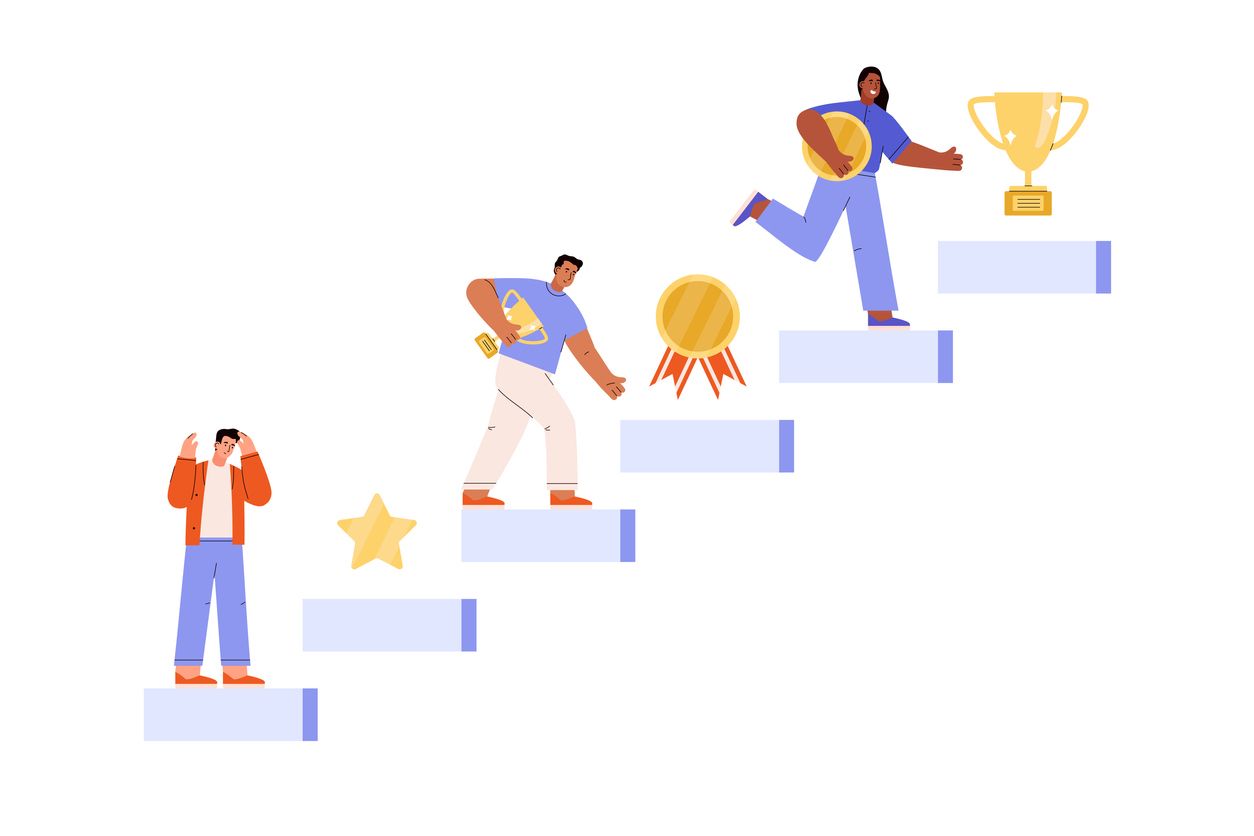Jump into the Excitement of Our Gamified Universe
with Exclusive Blog Zone
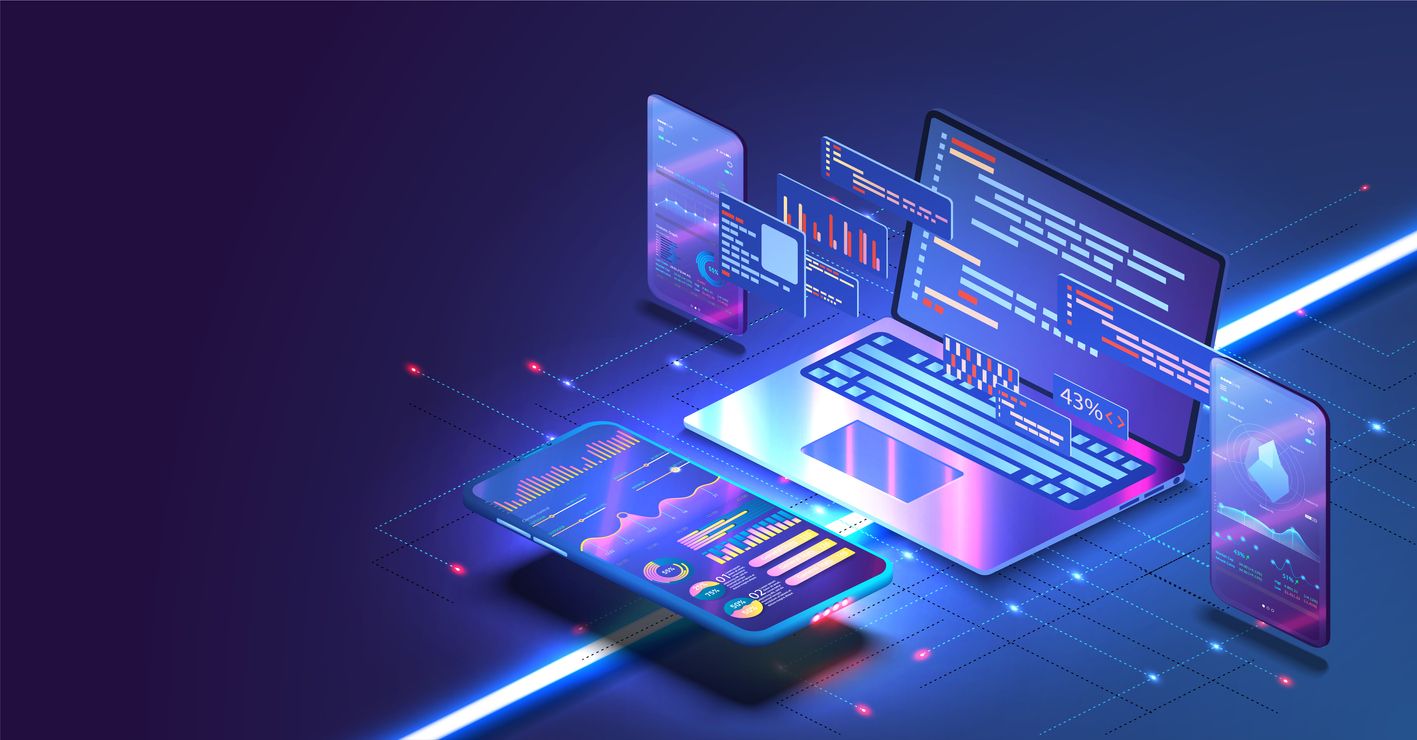
Gamification In Apps And Websites
In today’s world, the role played by mobile applications and websites in our everyday life and activities is undeniably endless. Their availability and usage have created a noticeable change in user satisfaction and ease.
Ensuring a consistent usage of applications and websites by users can be highly beneficial, resulting in a win-win situation for both the users and the application/website owners.
For this, a gamification framework can be implemented in applications and websites to inspire users to engage with your content.
Gamification is all about the following: It is pertaining to applying game design elements and game principles in non-game contexts such as apps, websites, etc to gamify apps and websites.
This encourages the users to engage more with the application/ website to ascend in the usage schedule.
- The game-like elements that can be incorporated are generally gamification privileges such as Points, badges, levels, and leader boards.
- Points are used to measure a user’s achievement concerning others.
- Badges are the visual rewards of achievement.
- Levels motivate users to progress and unlock new rewards.
- Leaderboards organize the players by rank among them.
Many famous brands have incorporated gamification into their business to increase customer engagement and satisfaction. There are many ways in which gamification can be implemented such as Learning through play, Minigames, Storytelling, visual elements, etc.
As the users use the applications and websites, the users are rewarded with a sense of achievement through game elements, providing a sense of satisfaction to them.
This encourages the users to further engage with the app/website for continuous progress to achieve further goals and boost their performance to reach the top of the gamification leaderboard.
It is highly important that your users remain engaged and do not lose curiosity.
The goal of gamification is to present processes in a way that makes them fun to perform and motivates your users to continue. Or at least induce some kind of curiosity in them.
PRO Gamification can be a great tool to serve these purposes. This plugin can be a great add-on to increase your users’ engagement and consistency in your app/website.

Things To Know About App Gamification Strategy
The gamification market has a global value of USD 9.1 billion in 2020 and is expected to register a growth rate of 27.4% by 2025, totaling USD 30.7 billion. Developing a gamification strategy for your app can help you retain users longer and create a more satisfying user experience. The corporate sector, the largest user of game-based learning solutions, achieved 47.5% growth in 2019.
Gamification can also help increase organic installs and increase revenue from in-app purchases and in-app advertising. This guide defines what gamification is and shares application gamification strategies that can be implemented in non-game applications as well.
What is your app's gamification strategy? Gamification is a method of implementing gaming elements in mobile applications. It can be used to optimize key KPIs such as retention, sessions, churn, and return on ad spend (ROAS) to improve overall user experience while keeping users motivated and focused on their goals. increase.
App gamification design uses basic psychology to keep users engaged. A gamified mobile app ensures that users are rewarded with a sense of accomplishment that motivates them to come back and use the app longer. This will give you a competitive advantage and help you reach your growth goals.
Implementing game elements in your mobile app doesn't require you to redesign your entire product. You can develop a gamification design for your app and embed it as an additional feature.
Why is gamification an effective mobile app strategy?
Gamification of mobile apps has four main advantages.
Generating organic installs Implementing the design elements of a gamification app makes the app stickier. By creating a satisfying user experience, users will share your app with their friends and generate organic installs. For example, a fitness app with gamified elements can also offer users the opportunity to share their achievements on social media. This user-generated content is a smart way to increase brand awareness and for users to celebrate achievements with friends and family.
Increase user motivation and increase user retention Gamification apps are designed to keep users active longer. This can have a significant impact on lower retention and churn rates. Unleash your creativity: Adding a gaming element to your mobile app can unleash your users' creativity and create a more exciting and enjoyable experience.
Make user onboarding fun User onboarding should be fun to avoid high churn. It's also important to give users all the information they need to use your mobile app. By providing a more engaging way to onboard your users, they can have fun during the educational process and get the most out of your app over time.

Science Behind Gamification Part2
Gamification refers to the use of game design elements and principles in non-game contexts. The purpose of gamification is to motivate and engage users by creating an enjoyable experience that encourages them to achieve specific goals or behaviors.
The science behind gamification is rooted in psychology, cognitive neuroscience, and game design principles. In this article, we will explore the science behind gamification and how it can be used to motivate and engage users.
Intrinsic and extrinsic motivation Motivation is a key element in gamification. Intrinsic motivation is the desire to engage in an activity because it is enjoyable and satisfying. Extrinsic motivation is the desire to engage in an activity because of external rewards or pressures.
Gamification uses both intrinsic and extrinsic motivation to engage users. One way gamification uses intrinsic motivation is through the use of feedback. Feedback is essential to creating a sense of progress and achievement. Feedback can come in the form of progress bars, badges, or leaderboards. These types of feedback help users understand their progress and provide a sense of accomplishment.
Another way gamification uses intrinsic motivation is through the use of narrative.
Storytelling is a powerful tool for engaging users. Games often have a narrative that motivates players to complete tasks or overcome challenges. In gamification, a narrative can be used to create a sense of purpose and meaning. By creating a narrative that is relevant to the user, gamification can create a sense of personal investment in the experience.
Gamification also uses extrinsic motivation to engage users. Rewards and incentives are common extrinsic motivators in gamification. Rewards can come in the form of points, badges, or prizes. Incentives can be used to encourage users to complete tasks or to participate in activities. By using rewards and incentives, gamification can create a sense of competition and achievement.
Cognitive neuroscience The science behind gamification is also rooted in cognitive neuroscience. The brain is wired to respond to certain stimuli, such as novelty, challenge, and feedback.
Games often provide these types of stimuli, and gamification can use these same stimuli to engage users.
Novelty is an important aspect of gamification. The brain is wired to respond to novel stimuli, and gamification can create novel experiences that engage users. For example, a new level or challenge can provide a sense of novelty that motivates users to continue playing.
Challenge is another important aspect of gamification. The brain is wired to respond to challenges, and games often provide challenging experiences. In gamification, challenges can be used to motivate users to complete tasks or to achieve specific goals.
Feedback is also essential in gamification. The brain is wired to respond to feedback, and games often provide immediate feedback. In gamification, feedback can be used to create a sense of progress and achievement.
Game design principles in gamification
Finally, gamification is rooted in game design principles. Game designers have spent decades refining the art of creating engaging and enjoyable experiences.
Gamification can use these same principles to create engaging and enjoyable experiences in non-game contexts.
One important game design principle is flow. Flow is the state of mind in which a person is fully immersed in an activity and feels a sense of control and enjoyment. In gamification, flow can be created by providing challenges that are neither too easy nor too difficult.
Another game design principle is a meaningful choice. Meaningful choice is the idea that players should have the ability to make choices that affect the outcome of the game. In gamification, the meaningful choice can be used to create a sense of personal investment in the experience.
Finally, gamification can use game design principles to create a sense of fun and enjoyment. Fun is an important aspect of games, and gamification can use elements of fun, such as humor and playfulness, to engage users.
In conclusion, the science behind gamification is rooted in psychology, cognitive neuroscience, and game design principles.
